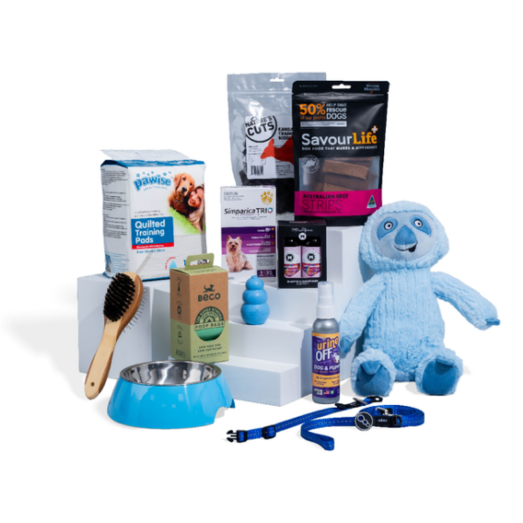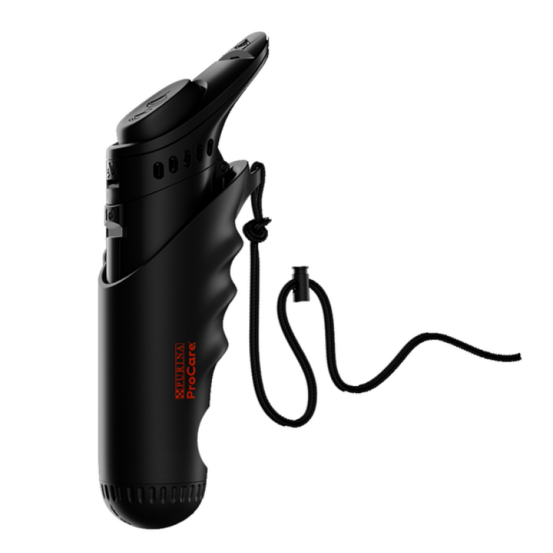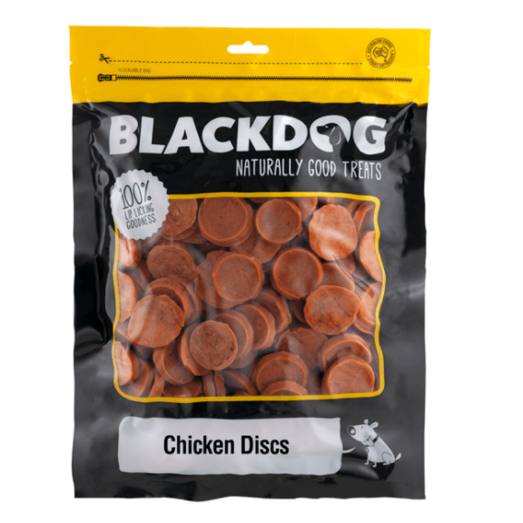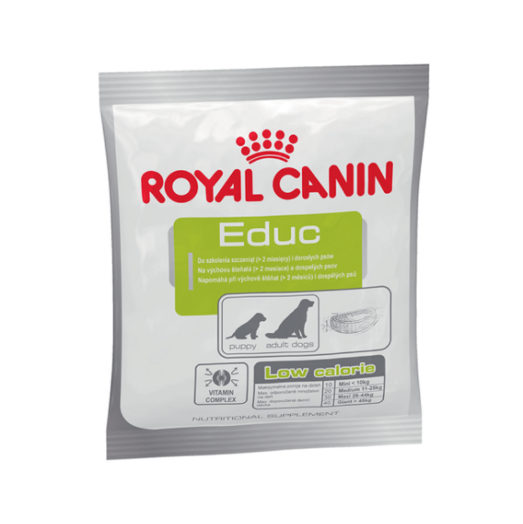Last Updated: 07/05/2025
How to Teach A Dog to Shake
Wondering how to teach your dog or puppy to shake? Check out our tips and tricks to make the process easier for everyone from our vet team.
Author: Dr Teagan Lever BVSc (Hons)
Reading Time: 14 minutes - short read
Check out our Better Puppy Bundle - a complete vet-approved puppy essentials pack, designed to help tick off your 'new puppy checklist'. It contains parasite prevention, toys, treats, training aids, food vouchers, and more!
Filled with up to $230 worth of products, our discounted price ($49.95) makes for incredible value! This new puppy bundle is available in different sizes - for small, medium, or large breed pups

Step 1 - Understand How Dog Training Works
When we are training our dogs to perform certain behaviours or tricks, we are using operant conditioning. This is where we pair the appropriate behaviour with a reward, which makes the behaviour more likely to happen the next time. If used correctly through positive reinforcement, operant conditioning can create a wonderful bond between you and your dog, and is so beneficial for their mental health and enrichment. Dogs will naturally seek to perform behaviours that have brought positive consequences, and will try to avoid behaviours that have brought negative consequences in the past.
Step 2 - Gear Up with the Right Dog Training Equipment
Before you start training, it's important to have the right tools to make your dog's learning a success. Everyone who will be involved in training your dog should use consistent techniques to help your dog learn quickly and effectively.
'Luring' and 'capturing' are 2 important words in dog training. 'Luring' means to guide your dog to perform a behaviour by using a high value dog treat in front of his nose to get him to move his body into the correct position. The 'lure' is the treat. Capturing the behaviour means that you let your dog know that they've performed the correct behaviour the moment that it occurs. This can be through the use of a specific word or phrase, like 'yes' or 'good boy', or a dog clicker. This is then followed up by giving your dog the treat. The specific word, phrase or clicker becomes the 'bridge' between behaviour and reward, and becomes an indication to your dog to expect a reward.
Clickers are very beneficial when teaching behaviours and tricks. They are used to capture behaviours the moment they occur, and are useful as they are a unique sound that your dog will not hear elsewhere. For more information, see our article Clicker Training Your Dog.

Best Dog Training Treats
There are a wide variety of treats available, but for every day training, we recommend choosing a treat that's soft and easily broken up into small pieces for a bite sized reward.


Step 3 - Start in the Sit Position

Step 4 - Lure and Capture

Hold the treat inside your closed fist about 5cm above the ground. Your dog will most likely lift a foot and paw at your fist. When he does this immediately capture the behaviour with the clicker or 'yes' and reward him with the treat.
Step 5 - Catch the Paw

Step 6 - Repeat and Add in the Command

Further Reading
Want to know more? Check out our Discover Page for more tips from our expert Vets on keeping your pets happy and healthy.